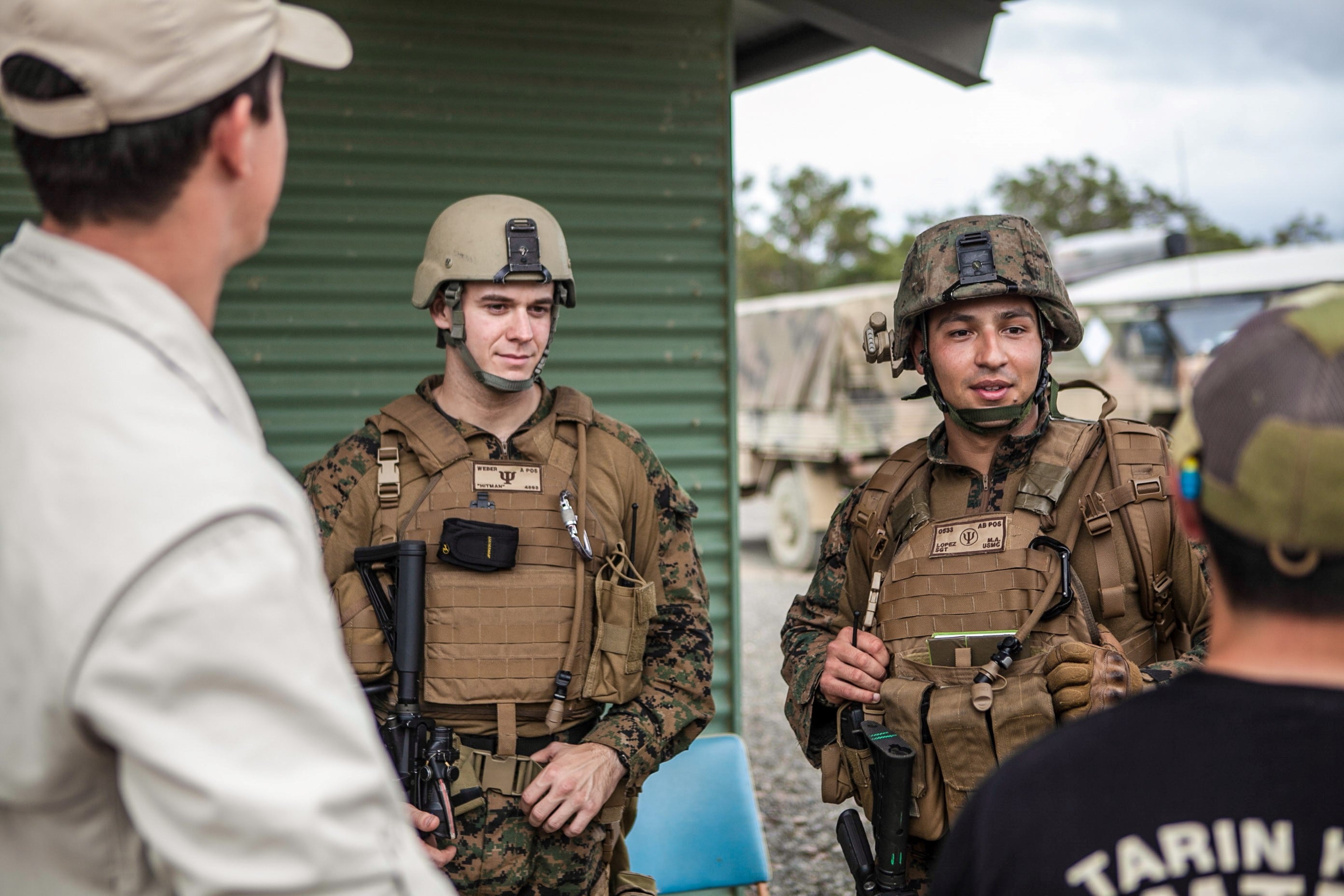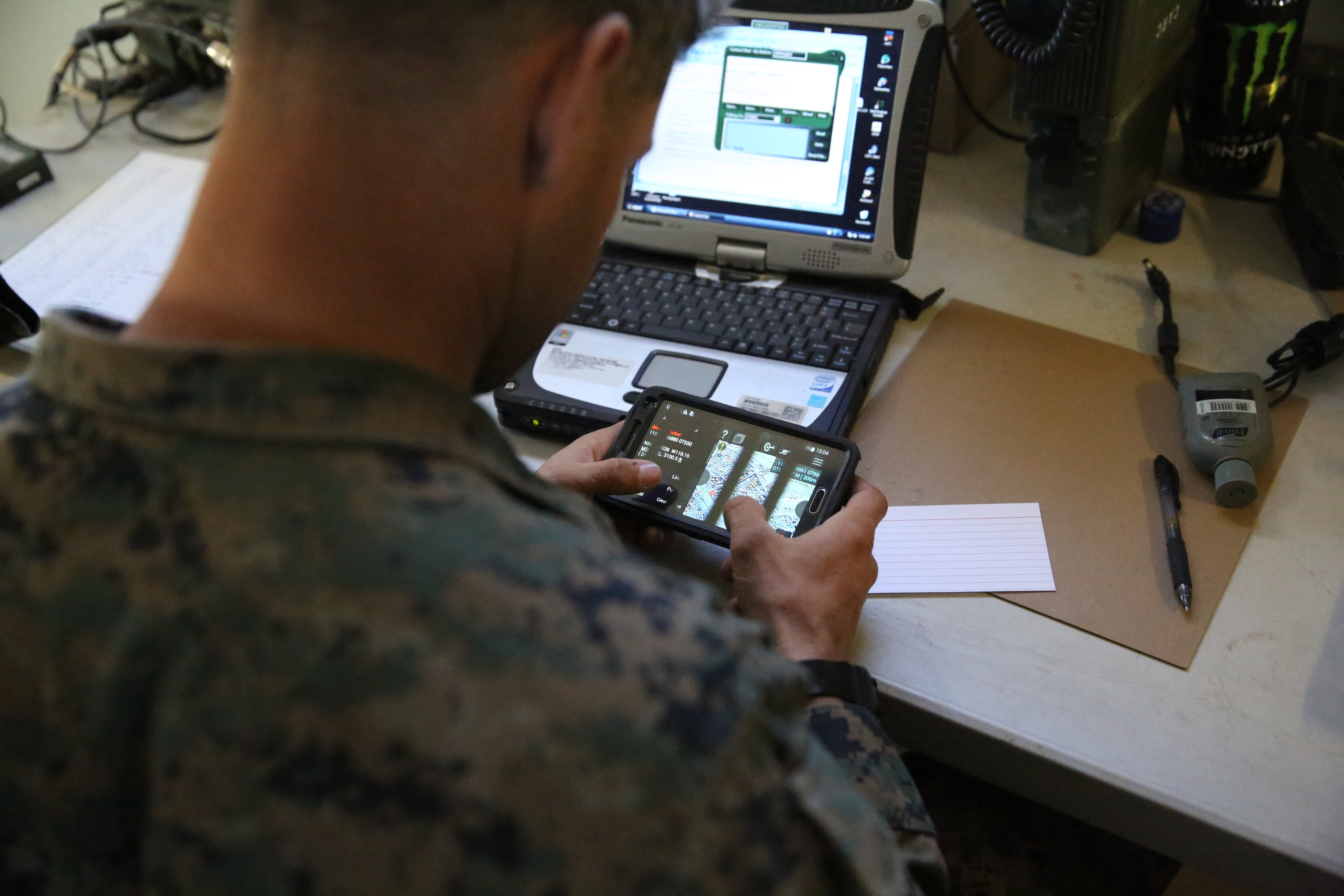After Commandant Gen. Robert Neller has called on "disruptive thinkers" to help solve the Corps’ persistent problems, . The commandant wants nothing short of a cultural revolution, a new era in which Marines are encouraged to come up with solutions, and leaders serve as advocates to accelerate those ideas to decision makers. Marine Corps Times asked readers to submit their best ideas. take up Neller’s offer.
Here are some of the ways Marines and veterans want look to improve the Corps.
A combat-ready Corps
One of the top areas where respondents want to see improvements is combat effectiveness. Their ideas called for changing everything from field medicine to footwear.
For the latter, Capt. Peter Foster pointed to TacLace, a product invented by Marine officers in Afghanistan that cuts the time needed to lace up footwear. No more tightening, tying, wrapping, tucking, loose laces or discomfort. All you have to do is pull, cinch and wrap.
Chuck Myers, with Aerocounsel Inc., a Maryland-based company focused on enhancing combat capabilities, recommended new ways for Marines to head ashore. He suggested 300- to 500-ton payload hybrid airships supported by hybrid airship/gunship platforms with directed energy weapons and a nest of UAVs.
No matter how Marines get to the fight, retired Navy Medical Corps Capt. Arthur Smith called for field casualty care plans that can be quickly adapted to match the operational environment. The assumption should always be that there will be minimal medical facilities ashore, he said.
"A harmonious vision of sea-based medical support, supported by pragmatic leadership, is an absolute prerequisite to rapid and effective time-sensitive care for the combat wounded during the unpredictable but probably inevitable littoral conflicts of the future," he said.
Better professional development
Gunnery Sgt. Dennis Smith wants to see improvements to staff noncommissioned officers' professional military education. The to said the Resident Advance Course is a "check in the box" that should be replaced with more increased MarineNet courses and an interactive seminar, he said.
Others want the Corps to allow them time to work on their ideas. Staff Sgt. Ben Wespi advocated for Marines spending three to six months outside of their normal duties in what he calls an "idea incubator." It could serve "as a great incentive for creative, intelligent Marines to stay in the Marine Corps who might otherwise look for a creative outlet in the private sector," he said.
Francisco Velasquez suggested creating a whole unit in which Marines can work on innovative ideas and come up with implementation plans to carry them out. John Bridges said innovation should be open to everyone without repercussions in order to unshackle game-changing Corps-wide solutions.
A new MOS
Sgt. Dion Edon has an idea for a brand new military occupational specialty. He suggested making military information support operations a primary MOS with warrant and limited-duty officer opportunities.

A military information support operations assistant team leader speaks with key leader role players during a training exercise in Australia. One Marine suggests that the MISO military occupational specialty become a primary MOS.
Photo Credit: Cpl. Codey Underwood/Marine Corps
MISO Marines should be regionally focused and language-qualified like their Army special operations forces counterparts, he said, because language is a substantial part of understanding culture and influencing target-audience behavior. MISO Marines could be forward-deployed in their region of expertise where they could support joint missions and exercises.
Cutting supply wait times
Marines with 3rd Supply Battalion's supply management unit know how the Corps can improve its supply policies.
Maj. Timothy Fretwell, the supply management unit's officer in charge, said they made changes that cut their unit's inventory by $2.4 million to date with an estimated reduction of $18 million by July. They overhauled the way the supply management unit categorized and procured parts based on war fighters' needs.

Marines with 2nd Supply Battalion's supply management unit move boxes in a warehouse. Members of a similar unit recently submitted their ideas about how the whole Marine Corps can improve its supply policies.
Photo Credit: Pfc. Franklin E. Mercado/Marine Corps
They helped forward stock more than 1,200 items in Japan and improved integration with Defense Logistics Agency distribution centers outside the continental U.S. This reduced average wait times from needed supplies from more than 15 days to about 11. For critical items, Fretwell and his Marines cut wait times from more than eight days to four.
The 3rd Supply Battalion Marines submitted their plans to Marine officials for possible Corps-wide improvements.
Leveraging technology
Marine veteran Raymond Powell took a similar approach when he drew up plans for a smartphone app that would make the process of stock list SL-3 management easy. Initial runs suggested the app could help save savings of hundreds of thousands of dollars, and ensured the right items would be stocked at all times.

A Marine uses a tablet and computer to finds the positions of patrolling squads. A veteran said he developed a smartphone application that could've saved the Marine Corps money.
Photo Credit: Lance Cpl. Thomas Mudd/Marine Corps
But Powell said when his efforts were discouraged by a maintenance chief, he decided to leave Powell left the Corps so he could take his ideas to the private sector. He hung up his uniform in 2011 to go study mechanical engineering through and took part in the troops-to-engineers program.
Helping Marines transition
For Marines who still want to serve, Gunnery Sgt. David Resilien — a Reserve transaction advisor — has an idea to help those interested in moving from active-duty to weekend-warrior status.
He suggested creating an online form so applicants can use their smartphones to apply, ask questions or add comments. Since those applicants' information would be stored on a database, prior-service recruiters or other stakeholders would be able to access it, he said.
Marine Corps Air Station Miramar and Marine Corps Recruit Depot San Diego in California have used this type of system since 2013Since March 2013, an ad hoc online form and database have been successfully used at Marine Corps Air StationMCAS Miramar and Marine Corps Recruit DepotMCRD San Diego to streamline active-to-reserve affiliation, and Resilien, reserve transition adviser. He would like to see the concept spread. This can be used to create an online form so applicants can use their smartphone to apply, ask questions and add comments. app in which applicants’ information would instantly update in an online database accessible to prior-service recruiters and other stakeholders. Since the online form and online database would update in real time, he said briefers will no longer be required to submit "leads reports."Since the online form and database are updated in real time, he said it would alleviate the need for briefers to submit "leads reports."





